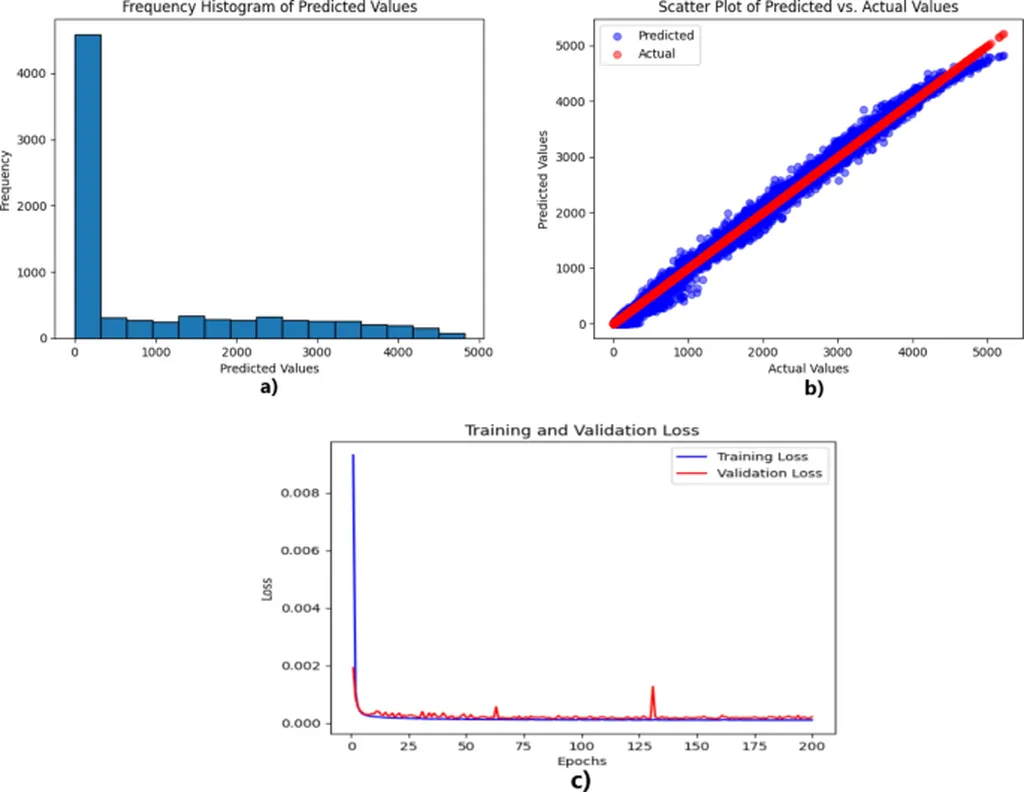In a significant stride towards enhancing solar power forecasting, researchers have developed a novel hybrid model that promises to revolutionize the way we predict solar photovoltaic (PV) power generation. The study, led by Prashant Singh from the Motilal Nehru National Institute of Technology Allahabad, introduces a sophisticated method that combines empirical mode decomposition (EMD), particle swarm optimization (PSO), and adaptive neuro-fuzzy inference system (ANFIS) to improve the accuracy of solar PV power forecasts.
The dynamic nature of environmental variables and solar radiation variability has long posed a challenge to accurate solar power predictions. Singh’s research addresses this issue head-on by breaking down solar PV power data into intrinsic mode functions (IMFs) using the EMD technique. These IMFs are then fed into a PSO-ANFIS model, which is optimized using swarm intelligence to enhance forecasting accuracy. “The hybrid model leverages the strengths of each component, providing a robust solution that adapts to varying weather conditions,” Singh explains.
The study, published in the journal “Renewable and Sustainable Energy Reviews,” compares the performance of the proposed hybrid model with alternative forecasting methods. The results are impressive, with the hybrid model outperforming others in terms of mean absolute error (MAE), root mean square error (RMSE), and mean square error (MSE). This enhanced accuracy is a game-changer for the energy sector, where precise forecasting is crucial for grid management and energy trading.
The commercial implications of this research are substantial. Accurate solar power forecasting can lead to better integration of renewable energy into the grid, reducing reliance on fossil fuels and lowering carbon emissions. It also enables more efficient energy trading, as power producers can better predict their output and plan accordingly. “This model has the potential to make solar power more reliable and cost-effective, accelerating the transition to a sustainable energy future,” Singh adds.
The research also highlights the importance of using hybrid models over standalone ones. By combining different techniques, the model achieves a level of accuracy and robustness that would be difficult to attain otherwise. This approach could inspire further innovations in the field, as researchers explore new combinations of methods to improve energy forecasting.
As the world increasingly turns to renewable energy sources, advancements in forecasting technology will play a pivotal role in ensuring a stable and efficient energy supply. Singh’s research is a testament to the power of interdisciplinary approaches in driving progress in the energy sector. With continued innovation and investment, the future of solar power forecasting looks brighter than ever.

